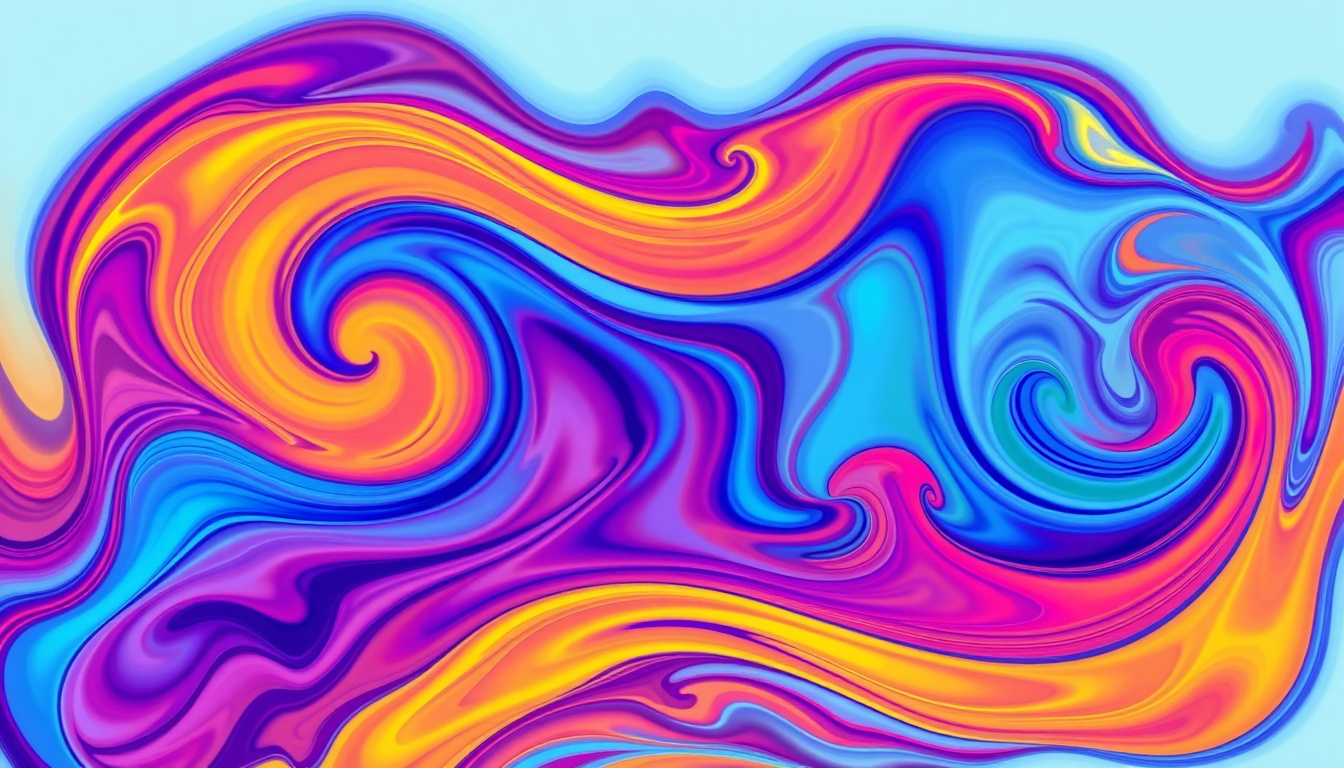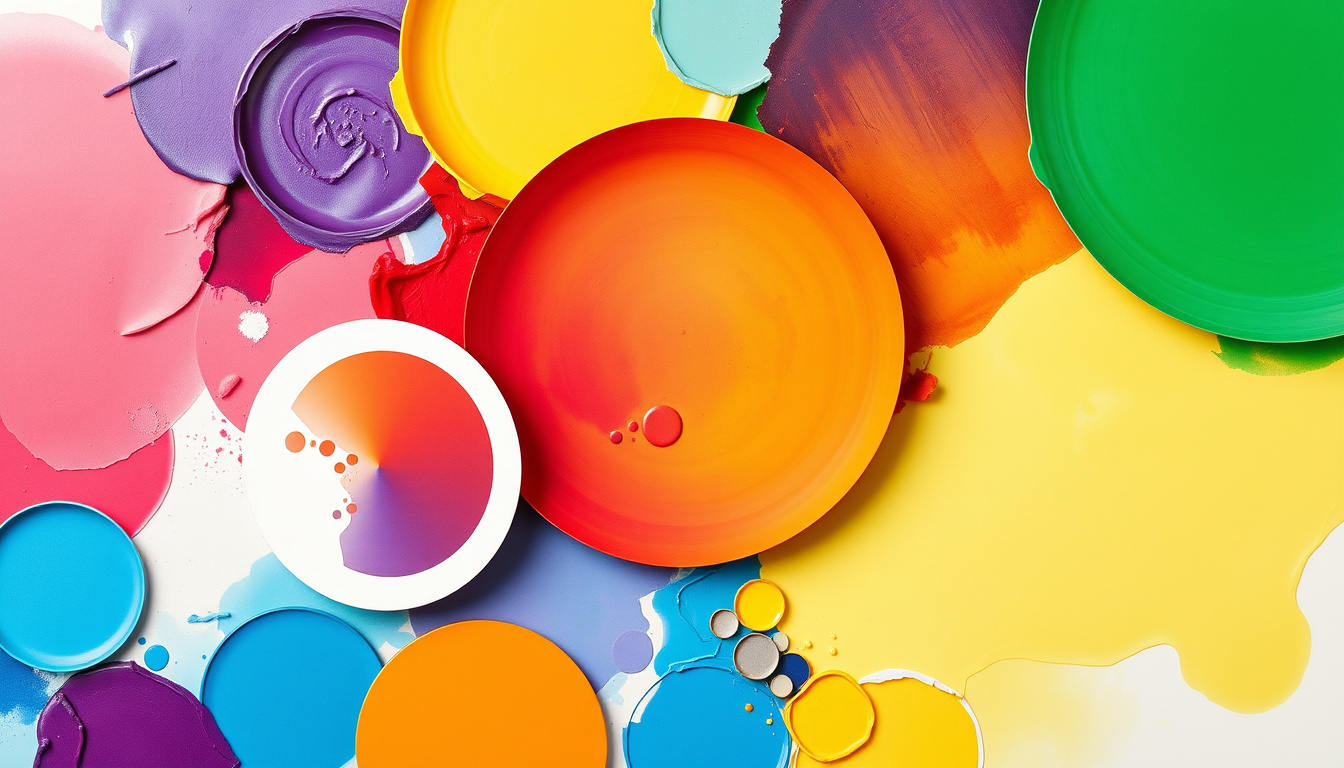Colors

Colors are all around us, intricately woven into the fabric of our daily lives. From the vibrant reds of a sunset to the calming blues of a clear sky, colors not only influence our visual experience but also hold profound meanings and evoke varied emotions. In this article, we will explore the multifaceted world of colors, delving into their scientific underpinnings, psychological impacts, cultural significance, and their role in nature and the arts. Whether you're an aspiring artist, a design enthusiast, or just curious about how colors shape human experience, this guide will provide you with an enlightening overview of the intricate relationship we have with colors.

Key Takeaways
- Color perception is influenced by both biological and environmental factors.
- Colors can evoke specific emotions and feelings, impacting mood and behavior.
- Different cultures attribute unique meanings and significance to various colors.
- Nature showcases a wide array of colors that contribute to ecological diversity and beauty.
- Understanding color theory is essential for effective art and design, including mixing and harmony.
The Science of Color Perception
Color perception is a fascinating field that blends biology, psychology, and physics to explain how we experience colors. The science of color perception begins with light, which behaves as both a particle and a wave, and hits different surfaces, reflecting various wavelengths. Our eyes are equipped with photoreceptors – cones and rods – that process these wavelengths. Cones are responsible for color detection and are predominantly located in the retina's fovea, allowing us to perceive a spectrum of colors. Meanwhile, rods handle low-light conditions, primarily aiding in night vision. The perception of colors is also influenced by surrounding hues and lighting conditions due to the brain's processing capabilities. This intricate interplay ensures that colors are not merely physical properties but subjective experiences influenced by environmental factors and personal contexts. Understanding the science of color perception not only enhances our appreciation of art and design but also has practical applications in marketing, branding, and even mood regulation.
The Psychology of Color: How Colors Affect Mood
The psychology of color plays a significant role in how we perceive the world around us, influencing our mood and emotions in profound ways. Different colors evoke different feelings; for instance, warm colors like red and orange are often associated with energy, passion, and excitement, while cooler colors such as blue and green tend to promote calmness, relaxation, and tranquility. This understanding of colors can be incredibly beneficial in various fields, from interior design to marketing. By carefully selecting colors in their work, designers and marketers can evoke the desired emotional response, enhancing the overall experience. For example, a restaurant may use warm colors to create a lively, energetic atmosphere, enticing patrons to enjoy their meals, whereas a spa might opt for softer, cooler tones to foster relaxation and serenity. This powerful interplay between colors and emotions underscores the importance of color selection in everyday life, emphasizing how influential colors can be in shaping not just our personal spaces but also our overall mood.
'Color is the keyboard, the eyes are the harmonies, the soul is the piano with many strings.' – Wassily Kandinsky

Cultural Significance of Colors Around the World
Colors play a profound role in cultures around the world, often carrying unique meanings that can vary significantly between societies. For instance, in Western cultures, white typically symbolizes purity and peace, frequently associated with weddings and christenings. In contrast, many Eastern cultures, such as in China, white is associated with mourning and funerals. The color red holds similar importance globally, representing luck and prosperity in China, while it denotes danger or urgency in Western contexts. Understanding the cultural significance of colors is essential for marketers and communicators, as these colors evoke emotions and convey messages that resonate differently across various demographics. This rich tapestry of color symbolism underlines the necessity of cultural sensitivity in design, branding, and communication strategies, highlighting how colors can bridge or create cultural divides.
Colors in Nature: The Palette of the Environment
Colors in nature are not just beautiful; they play crucial roles in the survival of various species and the overall health of ecosystems. The vibrant palette of the environment includes vivid blues of oceans and skies, lush greens of forests and fields, and the vivid hues of flowers and animal coats. These colors are produced through various processes, such as photosynthesis, where plants use chlorophyll to absorb sunlight and create energy, resulting in the vibrant greens we associate with healthy vegetation. In addition, colors in nature serve essential functions, such as attracting pollinators with bright floral patterns or warning predators with strikingly vivid animal markings. By understanding the significance of these colors, we gain deeper insights into the complexity of our natural world and the interconnectedness of life on Earth.

Color Theory: Understanding the Basics of Mixing and Harmony
Color theory is a fundamental concept in the world of art and design, providing a framework for understanding how colors interact with one another. At its core, color theory encompasses the relationships between colors and how they can be combined to create harmony or contrast. When exploring the basics of mixing colors, the color wheel is an essential tool that organizes colors into primary, secondary, and tertiary categories. Primary colors—red, blue, and yellow—serve as the building blocks for all other colors. By mixing these primary colors, artists and designers can create secondary colors such as green, orange, and purple. Harmony is achieved through complementary colors, which are located directly opposite on the color wheel, like blue and orange, creating a vibrant contrast that captivates the eye. Understanding these basic principles not only enhances artistic expression but also aids in making informed decisions whether you’re designing a room, creating a graphic, or painting a masterpiece. By mastering the basics of color mixing and harmony, you can elevate your creative projects and effectively convey emotions and messages through your chosen palette.
The Use of Color in Art and Design
Colors play a fundamental role in art and design, serving as powerful tools for communication, emotion, and aesthetics. From the vibrant hues of a stunning painting to the subtle palette of a minimalist design, colors can evoke feelings, establish moods, and even influence behavior. For example, using warm colors like red and orange can create a sense of energy and excitement, while cooler tones such as blue and green promote tranquility and calmness. Artists and designers strategically choose colors not just for their visual impact, but also to convey messages; they understand that each color has its own psychology. Additionally, the combination of colors, known as color theory, is essential in creating harmony within a composition. Understanding how colors interact, through complementary, analogous, or triadic schemes, allows creators to build compelling visual narratives. Whether applied in graphic design, interior decorating, or fine arts, the effective use of colors enriches the viewer's experience and transforms spaces, making it a vital aspect of the creative process.

Color Trends: How Colors Evolve Over Time
Colors play a pivotal role in our lives, influencing our emotions, behavior, and even decision-making. Understanding how colors evolve over time can provide valuable insights for designers, marketers, and enthusiasts alike. Historically, color trends have shifted dramatically, influenced by cultural events, technological advancements, and societal changes. For instance, vibrant colors were prevalent during the 1960s and 70s, reflecting the spirit of rebellion and freedom, whereas the 1980s saw the rise of pastel palettes, symbolizing a softer, more relaxed approach to aesthetic. Today, we observe colors like bold jewel tones and muted earth shades emerging as popular trends, often as a response to our current digital age's emphasis on sustainability and authenticity. As we delve into the nuances of these evolving color trends, it's essential to appreciate how the context surrounding colors not only shapes their popularity but also ultimately transforms their meanings in contemporary design and fashion.
Frequently Asked Questions
What is color perception and how does it work?
Color perception is the ability of our brains to interpret different wavelengths of light as distinct colors. This process involves the eyes detecting light and sending signals to the brain, which then processes these signals to create the experience of color.
How do colors affect human emotions and behavior?
Colors can have a significant impact on emotions and behaviors. For example, warm colors like red and yellow can evoke feelings of warmth and comfort, while cool colors like blue and green tend to be calming and soothing.
What are some cultural meanings associated with specific colors?
Colors can have different meanings across cultures. For instance, white is often associated with purity and weddings in Western cultures, while in some Eastern cultures, it can symbolize mourning and death.
Why are colors important in nature?
Colors in nature play critical roles, such as attracting pollinators, camouflaging animals, and signaling danger. The diverse palette of colors helps create balance and beauty in ecosystems.
What is color theory and why is it important in art and design?
Color theory involves the principles of how colors mix, match, and contrast with one another. Understanding color theory helps artists and designers create visually appealing compositions and convey emotions effectively through their work.
Authored by - Abdulla Basha
Email id - mail@abdullabasha.com
Linkedin